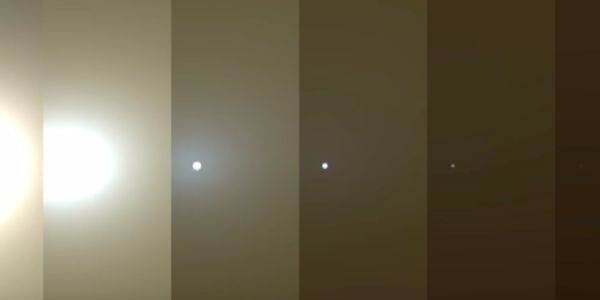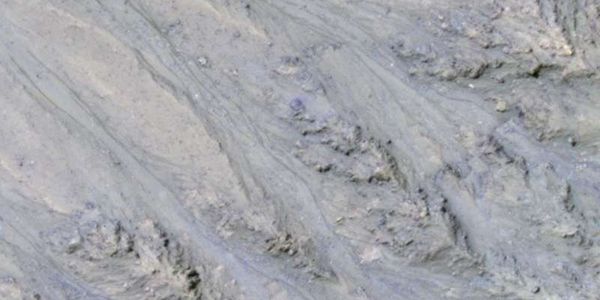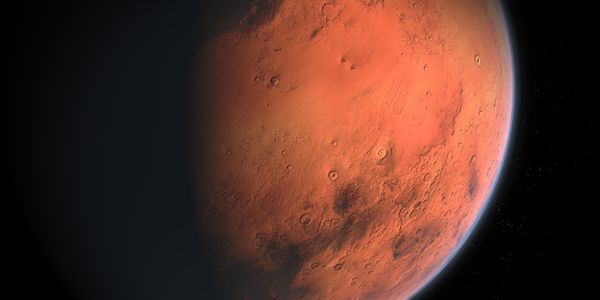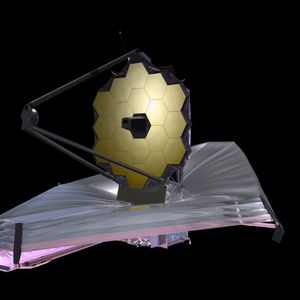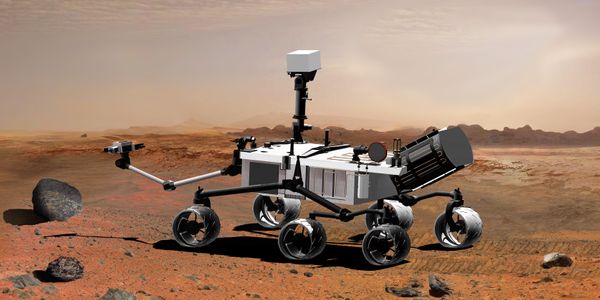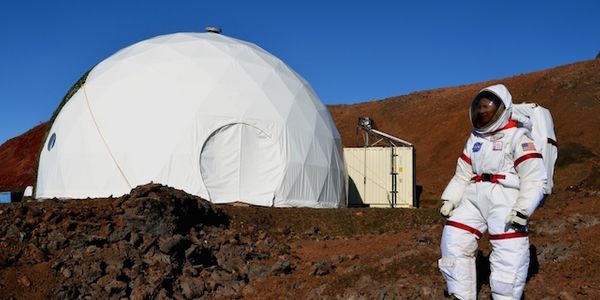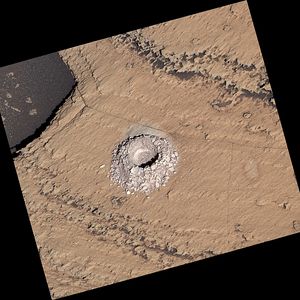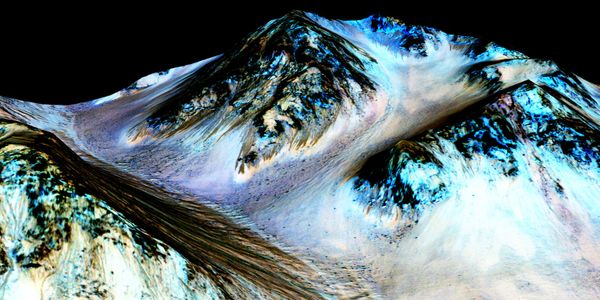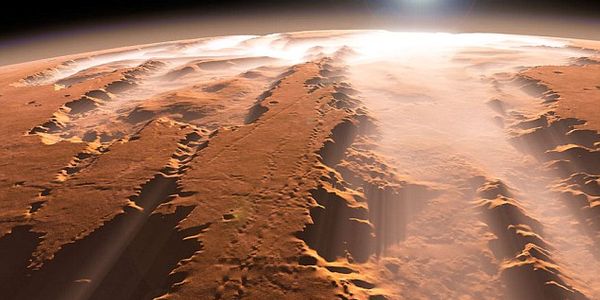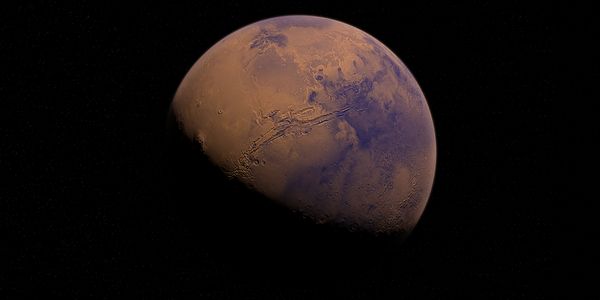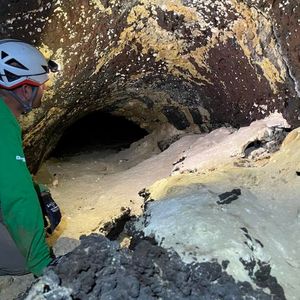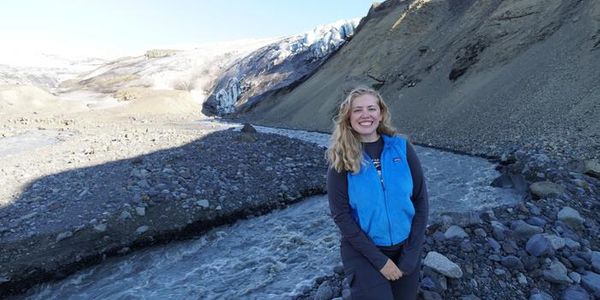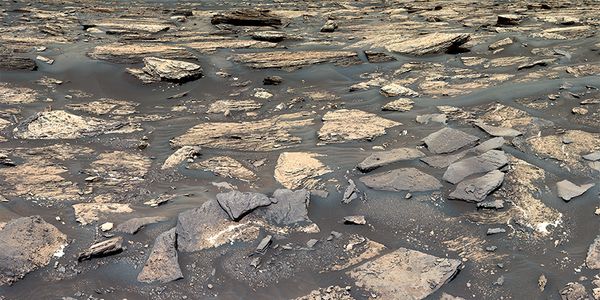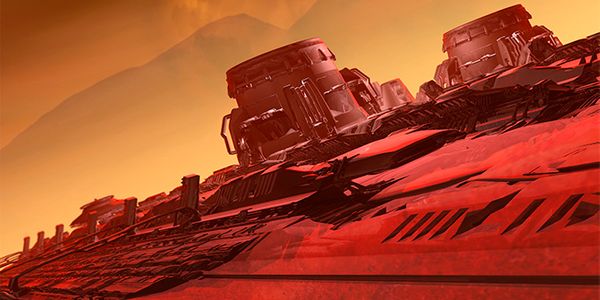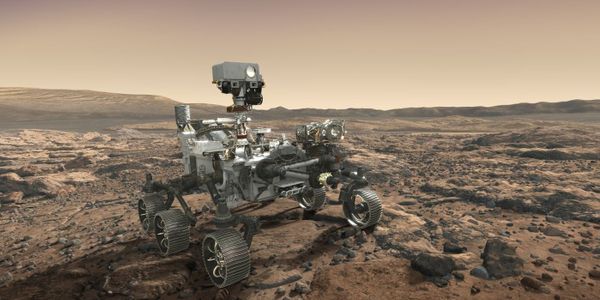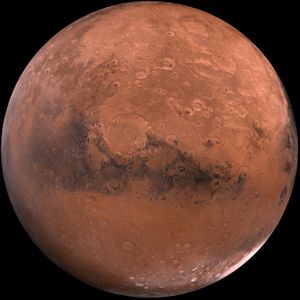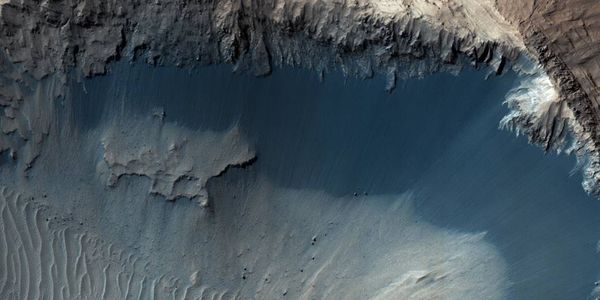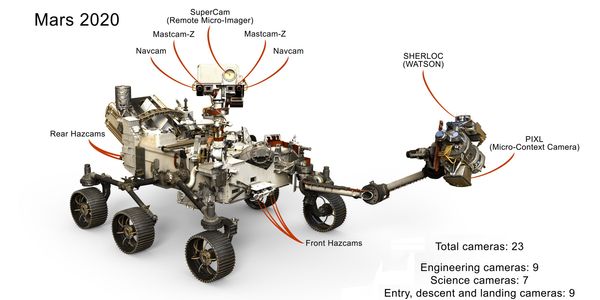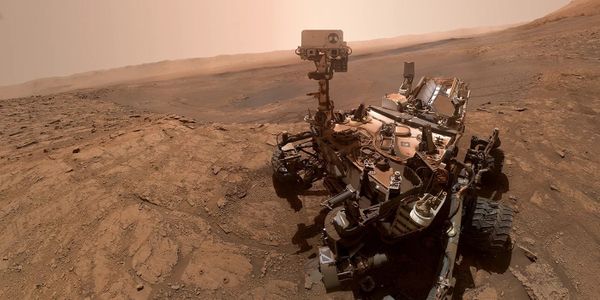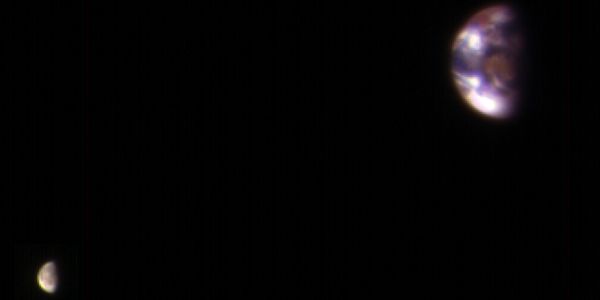Showing 6254 Results
SEARCH
Webinars
(17)
Virtual Events
(16)
Trending News
(768)
Content Tags
(3)
Users
(5423)
Scientific Products
(27)
-
JUL 03, 2018Space & AstronomyAfter a planet-wide dust storm enveloped Mars, NASA’s solar-powered Opportunity rover was forced to enter sleep mode to conserve energy until
-
NOV 22, 2017Space & AstronomyIf you went to Mars and took a closer look at some of the planet’s steepest slopes, then you would probably come across surface features known as rec
-
DEC 08, 2021Chemistry & PhysicsUp north on Mars’s surface lies a region called Arabia Terra, an area with many craters and heavy erosion approximately the same size as Europe. The
-
Credit: NASA/USGS Labroots has rich history of examining Mars in great detail, including its suite of awesome geologic formations, stunning orbiter
Planetary scientists have a lot of questions about Mars, and it may not be long before they get a chance to answer them. One of the most pressing of those
NOV 02, 2015
Space & Astronomy
Mars, the red planet after Earth in our solar system, has been getting a lot of attention lately. Whether it’s the fact that space exploration reveal
APR 25, 2018
Videos
At first glance, it looks as if Earth is the only planet in the solar system that has ever sported vast liquid oceans. On the other hand, planetary scienti
SEP 02, 2019
Space & Astronomy
It seems like this past week was a particularly productive one for the team over at NASA. Not only were the two halves of the James Webb Space Telescope (J
NOV 27, 2018
Space & Astronomy
Humankind has sent spacecraft to a plethora of worlds in our solar system, including asteroids, comets, moons, and planets. Of all, Mars has consis
JUN 15, 2015
Space & Astronomy
So, we want to send people to Mars someday. It will be dangerous. There will be numerous challenges and hazards: radiation, a poisons atmosphere, the fact
A recent study published in the Journal of Geophysical Research: Planets examines the 39th drilling sample collected by NASA’s Curiosity rover on Mar
